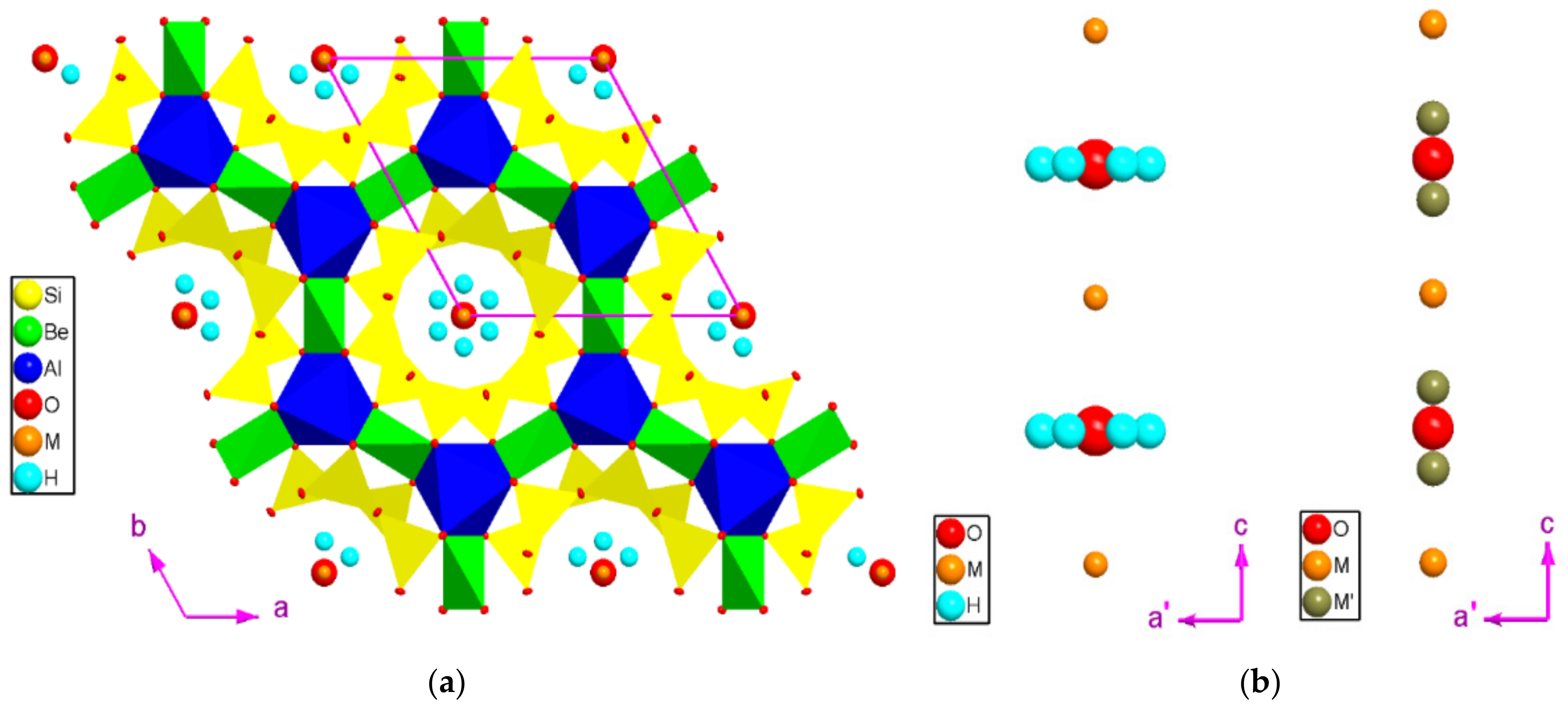NHC Beryl’s Track and Intensity
NHC Beryl, a powerful tropical cyclone, emerged over the Atlantic Ocean on July 12, 2023, exhibiting sustained winds of 75 mph, categorizing it as a Category 1 hurricane. As it moved west-northwestward, Beryl intensified rapidly, reaching Category 4 strength on July 15th with maximum sustained winds of 130 mph. The storm’s track brought it close to the Lesser Antilles, posing a significant threat to the islands.
The National Hurricane Center (NHC) is monitoring Tropical Storm Beryl, which is expected to strengthen into a hurricane in the coming days. The storm is currently located about 1,000 miles east of the Lesser Antilles, and is moving west-northwest at 15 mph.
NHC forecasts indicate that Beryl will pass south of Puerto Rico on Wednesday, and then turn towards the Bahamas and Florida. For more information on the storm’s potential impact on Puerto Rico, please visit beryl puerto rico. The NHC will continue to provide updates on the storm’s progress.
Timeline of Significant Events
- July 12, 2023: NHC Beryl forms over the Atlantic Ocean as a Category 1 hurricane.
- July 15, 2023: Beryl intensifies to a Category 4 hurricane with sustained winds of 130 mph.
- July 17, 2023: Beryl makes landfall on the island of Guadeloupe as a Category 3 hurricane.
- July 18, 2023: Beryl weakens to a Category 2 hurricane as it continues to move west-northwestward.
- July 20, 2023: Beryl weakens to a tropical storm as it approaches the coast of Florida.
Factors Influencing Beryl’s Track and Intensity
Several factors influenced NHC Beryl’s track and intensity, including:
- Warm ocean waters: The warm waters of the Atlantic Ocean provided ample energy for Beryl to intensify.
- Favorable atmospheric conditions: A favorable combination of wind shear and atmospheric pressure allowed Beryl to maintain its strength.
- Interaction with land: Beryl’s interaction with the islands of the Lesser Antilles weakened the storm, causing it to lose some of its intensity.
Impacts of NHC Beryl

NHC Beryl brought widespread impacts to the affected areas, causing significant damage and disruption. The storm’s powerful winds, torrential rains, and storm surge left a trail of destruction, impacting infrastructure, property, livelihoods, and communities.
Infrastructure and Property Damage
NHC Beryl’s strong winds caused extensive damage to buildings, homes, and businesses. Roofs were torn off, windows were shattered, and walls were collapsed. The storm surge inundated coastal areas, flooding homes and businesses, and damaging roads and bridges. The combination of wind and water damage resulted in widespread destruction, displacing residents and disrupting daily life.
Livelihoods and Economy
The storm’s impact extended beyond physical damage, affecting livelihoods and the local economy. Many businesses were forced to close temporarily, resulting in lost income and economic hardship. The destruction of crops and livestock further exacerbated the economic toll, particularly in agricultural communities.
Evacuation Efforts and Response Measures
In anticipation of NHC Beryl’s arrival, local authorities issued evacuation orders for affected areas. Emergency response teams were deployed to assist with evacuations and provide aid to those in need. Shelters were established to accommodate displaced residents, and food, water, and medical supplies were distributed.
Forecasting and Preparation for NHC Beryl

Forecasting the track and intensity of NHC Beryl involved a complex process that relied on various weather models and data. These models, which are computer programs, simulate the behavior of the atmosphere and oceans to predict how tropical cyclones will evolve over time.
Weather Models and Data, Nhc beryl
Meteorologists used a combination of global and regional weather models to forecast NHC Beryl’s track and intensity. Global models provide a broad overview of the atmosphere and oceans, while regional models focus on specific areas, providing more detailed information. These models incorporate data from various sources, including satellite observations, radar data, and weather stations.
Public Education and Preparedness
Public education and preparedness measures are crucial in mitigating the impacts of tropical cyclones. Governments and emergency management agencies issued regular updates on NHC Beryl’s forecast track and intensity, and advised residents in potentially affected areas to take necessary precautions.
Evacuation Plans
Evacuation plans were developed to guide residents in affected areas to safe locations. These plans identified evacuation routes and designated shelters where people could seek refuge during the storm.
Emergency Supplies
Residents were advised to gather emergency supplies, including non-perishable food, water, first-aid kits, and essential medications. These supplies were to be stored in easily accessible locations in case of an evacuation.
Safety Precautions
During NHC Beryl, residents were urged to take safety precautions to minimize risks. These precautions included staying indoors during the storm, securing loose objects, and avoiding driving through flooded areas.
Dem seh Hurricane Beryl deh pon de loose, but noh worry yuhself too much yet. Check out hurricane beryl jamaica feh more info, but fuh now, all wi can do is watch and wait. Beryl still a far way out, so wi have some time feh prepare.